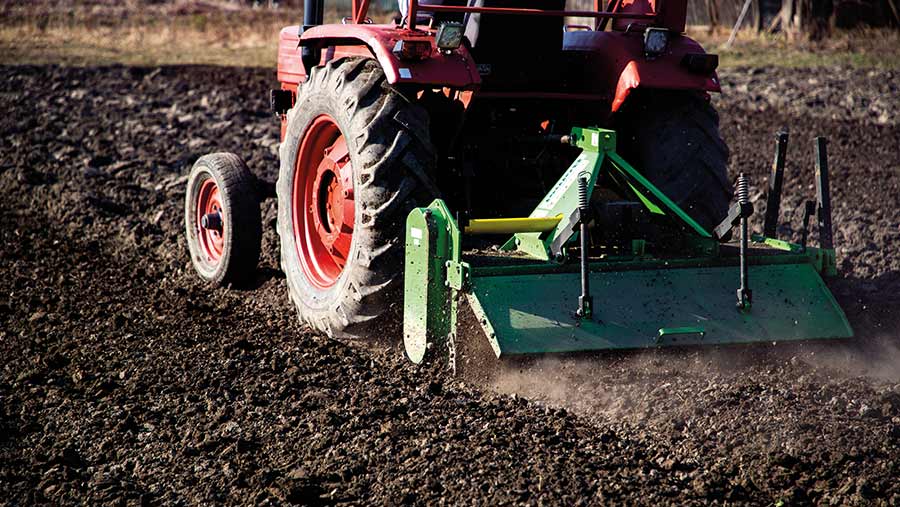Opinion: Small can be beautiful when it comes to farms
 © Melinda Nagy/Adobe Stock
© Melinda Nagy/Adobe Stock Once upon a time, seduced by the natty tweed and lurid corduroy trousers, I enrolled in a BSc in Land Management at a hallowed agricultural institution.
Once a week, in one year or another, we had farm business management lectures given by a chap with a beard whose name sadly escapes me.
Bearing in mind that this was the 1990s, when farmers were kings of the subsidy cheque and Range Rovers proliferated throughout the arable shires, the beardy chap was surprisingly glum about the prospects for agriculture.
See also: Have courage to call out unsafe farming practices, says Sam Walker
“Economies of scale” he would shout every time he glimpsed an opportunity. “Economies of scale. Only the fittest survive, so you’ve got to get big, lean, efficient, and spread the fixed costs – or get out.”
Just the other day, a friend was telling me about a large mixed beef and arable farm of more than 1,200ha, being run with a mere three staff.
The setup was designed so that they all worked alone – even the stockman. Maybe it’s just me, but I find that rather depressing (although my erstwhile lecturer would no doubt be holding it up as a shining example of his doctrine).
Fast forward what feels like a couple of weeks, but I now realise has been a quarter of a century, and I find myself at the helm of one of his despised small farms. And, after all that time, I realise he was wrong.
My fixed costs are cheap. We do almost all the work ourselves, and I fool no-one by saying I have a “shabby chic” machinery policy, but I am convinced it works.
Furthermore, having your own smaller kit leads to opportunities for the spatially challenged arable farmer to diversify, because you’re not going to win on scale versus the prairie-dwelling commodity producers.
Organic is one way. I don’t care about the hair shirts and I don’t look good in sandals, but I do know that it takes a lot of variable costs out of the cashflow and I’d rather harvest, dry and store half the quantity of high-value crops than a big heap of cheap feed wheat.
This niche production leads to further opportunities. In the past few years we have been approached by contract processors of quinoa, hemp, lentils, grain lupins and even catnip – they are looking for the smaller grower, with their own kit and with the attention to detail required to cut and condition their specialist crops.
Their stipulations can be quite demanding, and they probably wouldn’t be impressed if their crop was inspected only by a drone before being smashed through a monster combine by a contractor in a hurry. But if you do what they want, it can be quite rewarding.
I haven’t said “yes” to too many of them, and I still rely on cereals and cattle to pay the rent. But a bit of crop diversification adds interest and spreads timings, as well as being quite lucrative when it works out.
The higher prices paid for minority crops do not make them a gold mine, but the contracts tend to reflect the grower’s time and risk. It can make farming more fun and you can learn a huge amount.
As Einstein said: “The only thing that interferes with my learning is my education.”

